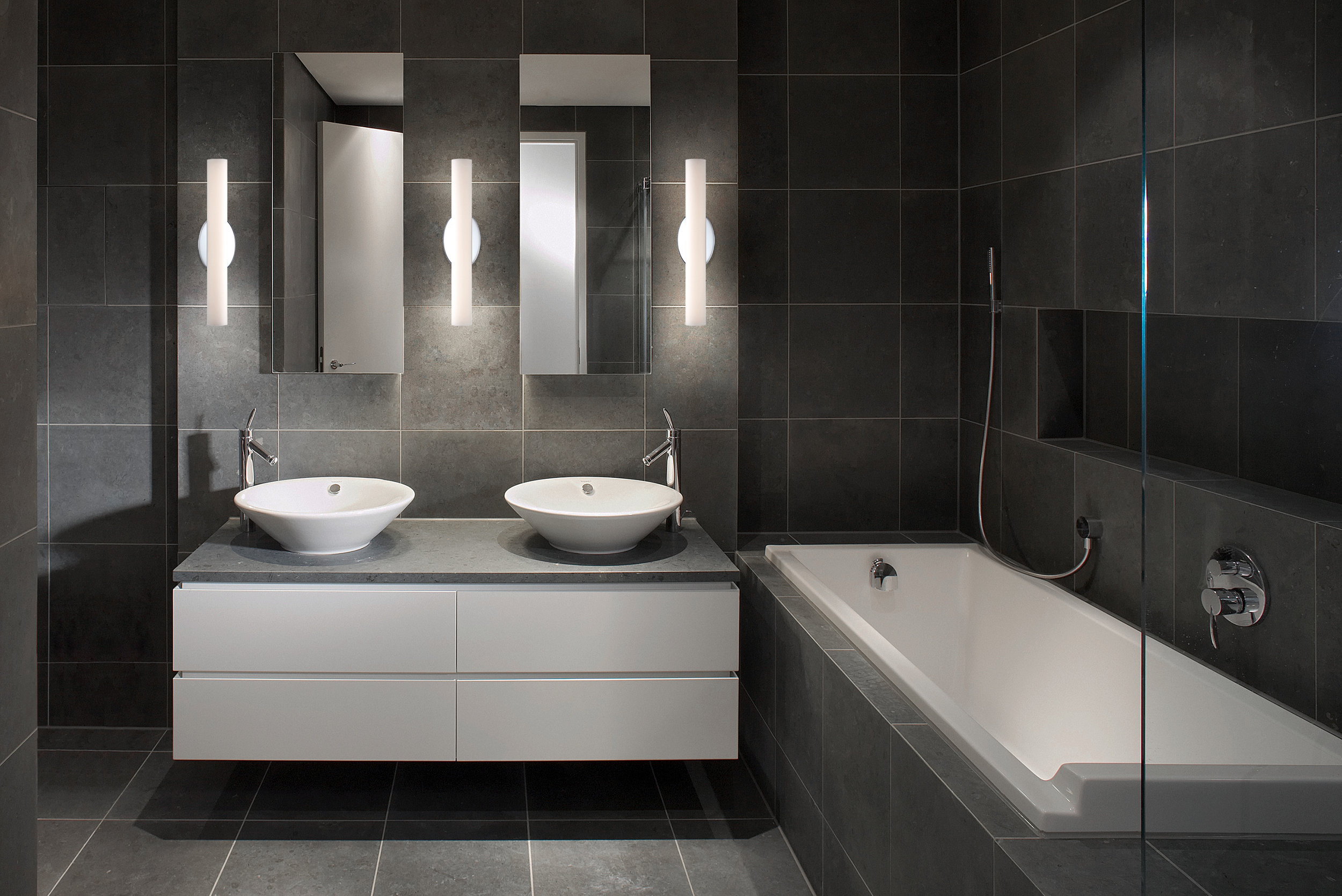Many consider LED “new” technology, but it has been around for over 50 years. The way they emit light is a relatively complex process of electroluminescence through semiconductor materials. “While it’s a complicated process, the technology has advanced so much recently that we’re really going to see an increase in their use for more home applications than ever,” said Larry Wolfe, Owner of Scorpio Interiors. Wolfe, a licensed architect, has built a career specializing in lighting design and keeps himself up-to-date with the most modern technology and applications. His showroom offers the city’s most extensive collection of contemporary lighting design items.
The new advantages to LED are that the color quality is comparable to incandescent, it’s becoming more affordable, and now they can even be put in fixtures that allow dimming. While the initial cost can seem high it pays you back with its nearly 50,000-hour life compared to 1,000 hour for the traditional incandescent. There are also savings on your energy bill and, depending on the fixture and location, can even save on your air conditioning as they put off very little heat.
Scorpio Interiors is one of the few dealer that represents Modern Forms by WAC Lighting, a manufacturer of fixtures that only uses LED luminaires, the first of its kind. “The unique thing about this line, from a design perspective, is that all the designs are based on the Golden Proportion, a universal principle that describes aesthetically pleasing forms,” said Wolfe. “They combine contemporary design with the efficiency and small size of the LED to creating stunning and sleek designs, some as thin as 7/8 of an inch.”
Another shift in the lighting industry is to the measurement of lumens instead of wattage to describe a bulb’s brightness. Wattage is actually the measurement of energy usage while lumens more accurately describes the amount of light the bulb emits. The FTC now requires packaging to include both measurements so consumers have the ability to compare the efficiency of other types of bulbs like compact fluorescent and LED.
As a result of its use of all LED luminaires, Modern Forms has fixtures that provide greater brightness and are 90% more effective than incandescent lighting because they provide more uniformity, consistency, and a fully saturated color spectrum.
You can learn more about Modern Forms at www.modernforms.com. Contact Larry Wolfe at Scorpio Interiors by calling 502.451.1224, visiting the showroom at 1517 Bardstown Road Monday through Friday from 10 am – 6 pm, Saturday from 10 am – 5 pm, or visit the website at www.scorpiointeriors.com.












